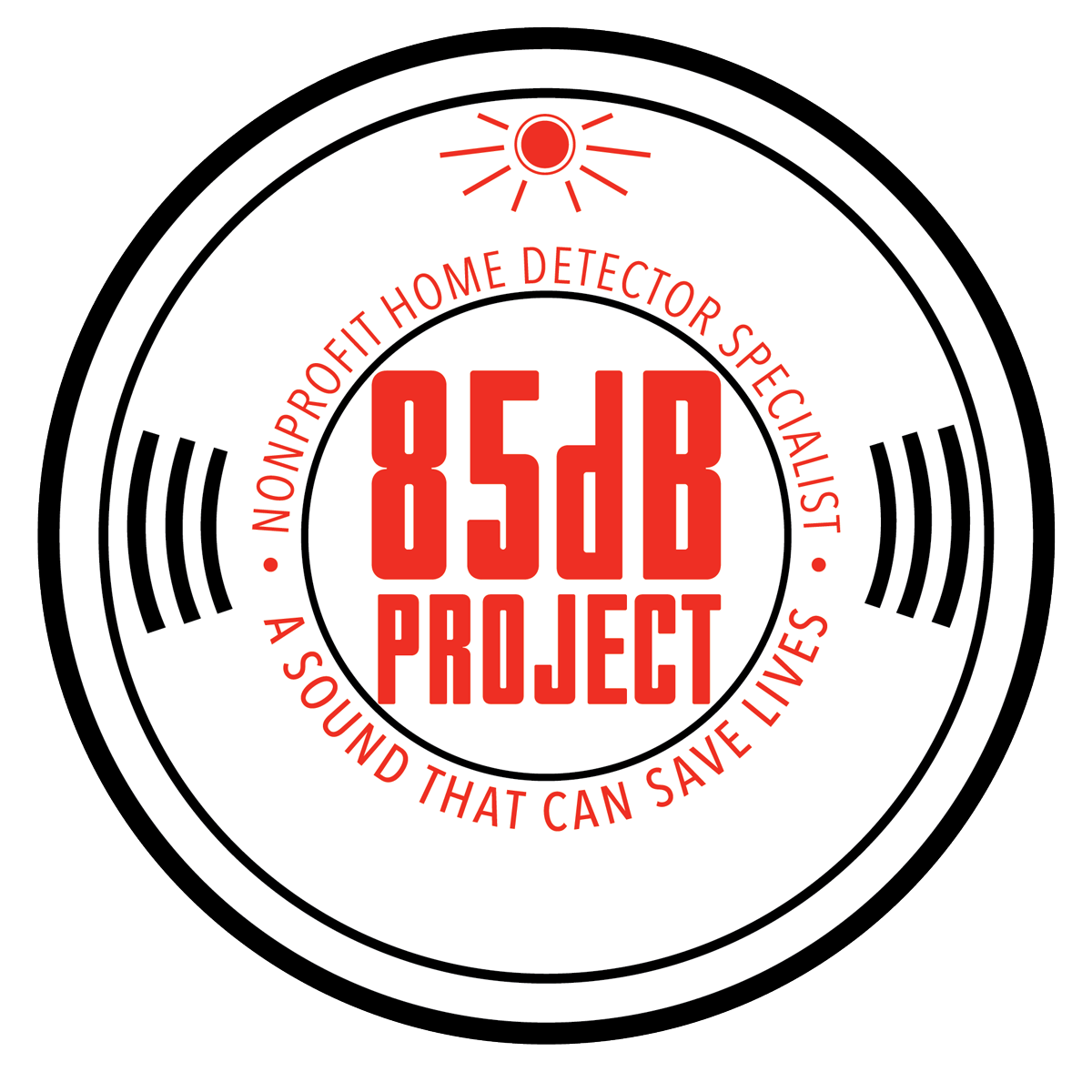In the realm of fire safety, smoke detectors stand as stalwart guardians, offering a crucial line of defense against the devastating consequences of uncontrolled fires. However, the efficacy of these guardians hinges significantly on their proper installation. The meticulous process of placing and setting up smoke detectors plays a pivotal role in ensuring their ability to detect smoke early and provide timely warnings. Here, we delve into the intricacies of proper installation techniques, shedding light on the key aspects that maximize the effectiveness of these essential safety devices.
Optimal Placement: One of the fundamental considerations in the installation of smoke detectors is their optimal placement within a living space. The goal is to ensure comprehensive coverage, minimizing blind spots where smoke could go undetected. Typically, detectors are recommended in every bedroom, outside sleeping areas, and on every level of a home. This strategic placement helps in swift detection, offering occupants the maximum possible time to respond in the event of a fire.
Mounting Height: The height at which smoke detectors are mounted is another critical factor influencing their performance. Ideally, detectors should be installed on the ceiling, as smoke tends to rise. However, if mounting on the ceiling is impractical, placing detectors on the walls at a minimum height of 4 to 12 inches below the ceiling is an acceptable alternative. Striking the right balance in mounting height ensures that detectors can efficiently capture smoke particles in their early stages.
Quantity and Interconnection: Determining the appropriate number of smoke detectors and their interconnection is vital for a comprehensive safety net. It is generally recommended to install interconnected detectors so that when one detector is triggered, all interconnected units sound the alarm simultaneously. This feature is especially crucial in larger homes, where a fire may not be immediately apparent in one area to those in another part of the house.
Consideration of Environmental Factors: Environmental factors also influence the performance of smoke detectors. For instance, detectors should be placed away from vents, windows, and areas where drafts may disrupt their function. Additionally, in kitchens, where cooking activities may generate smoke unrelated to a fire, installing detectors at a safe distance from cooking appliances helps prevent false alarms.
Regular Maintenance: Proper installation is not a one-time task; it is an ongoing commitment to safety. Regular maintenance, including testing detectors, replacing batteries, and cleaning sensors, ensures their continued functionality. Establishing a routine for these maintenance tasks is as crucial as the initial installation process.
In conclusion, the proper installation of smoke detectors is a cornerstone in fortifying homes and buildings against the potentially catastrophic consequences of fires. Attention to details such as optimal placement, mounting height, quantity, and interconnection, along with considering environmental factors, collectively contributes to the robustness of this fire safety infrastructure. By meticulously adhering to these installation techniques, individuals and communities can substantially enhance their preparedness and resilience in the face of fire emergencies.


